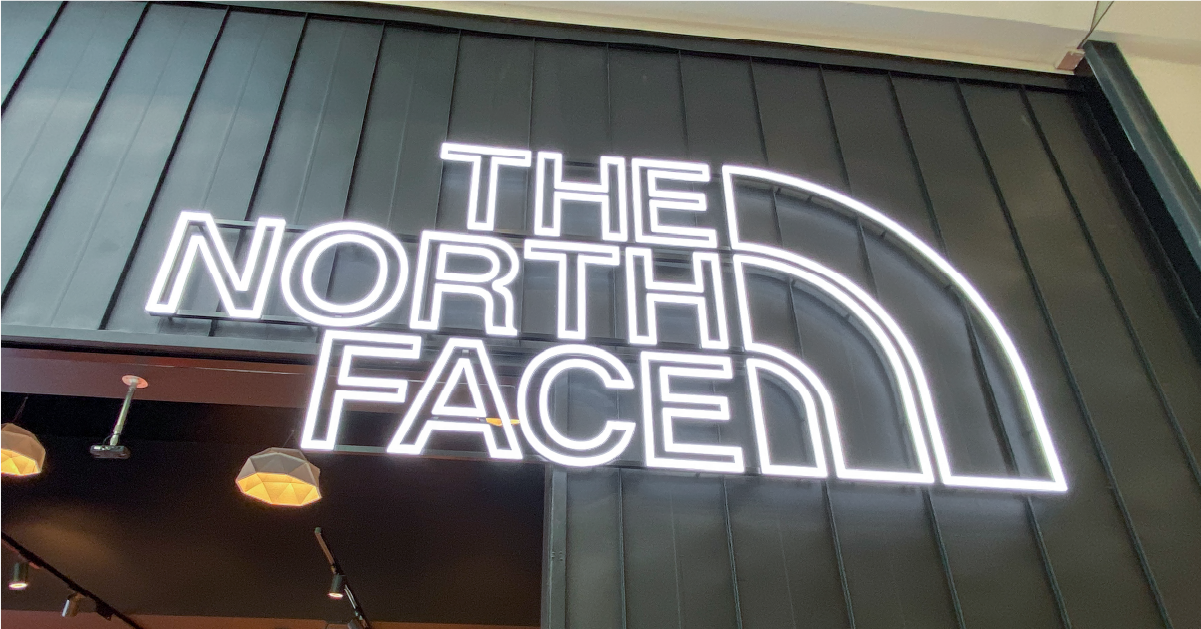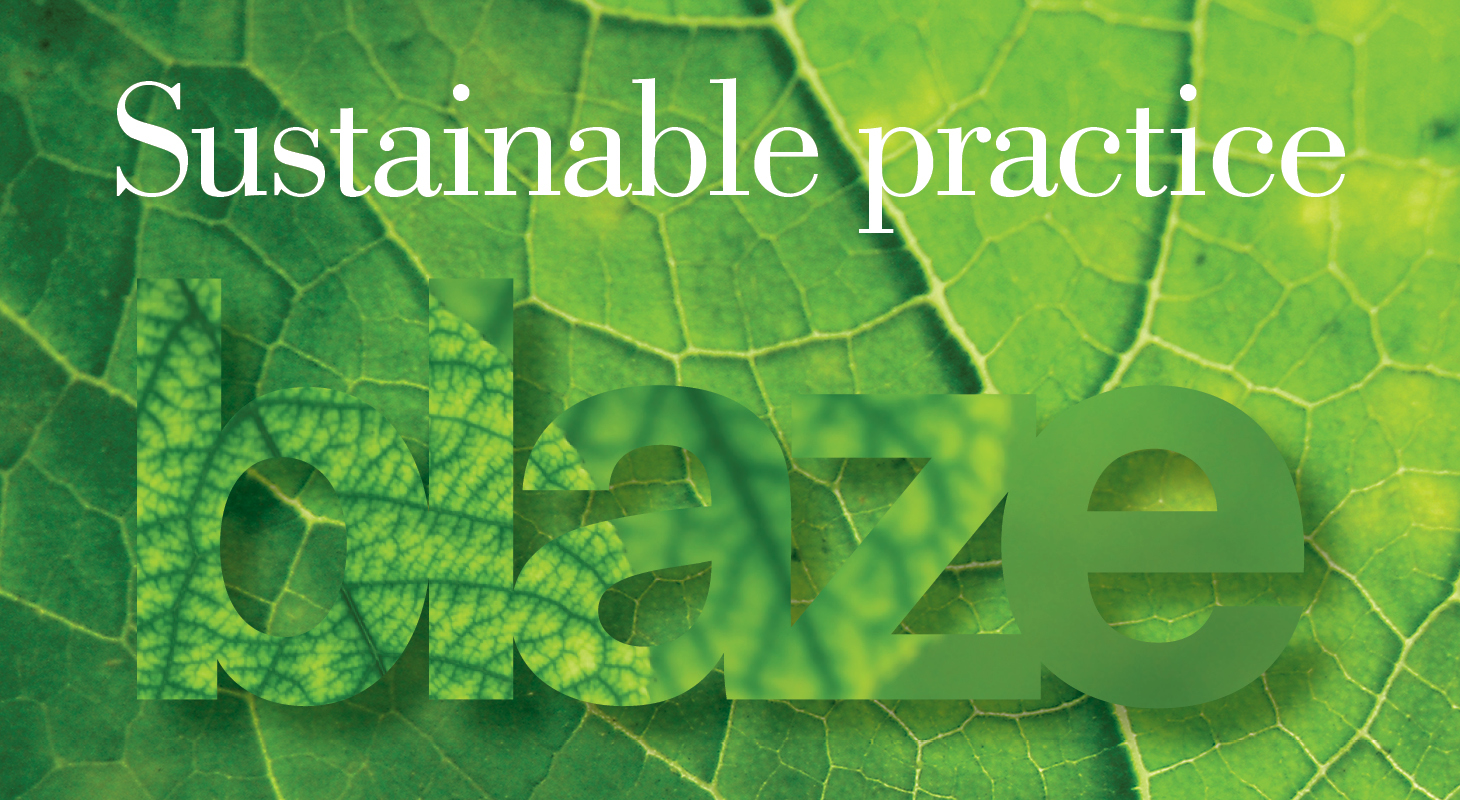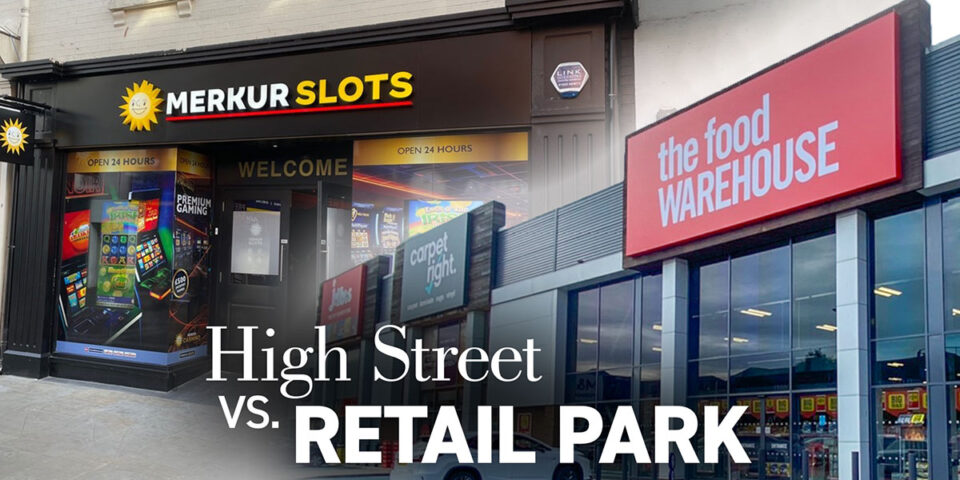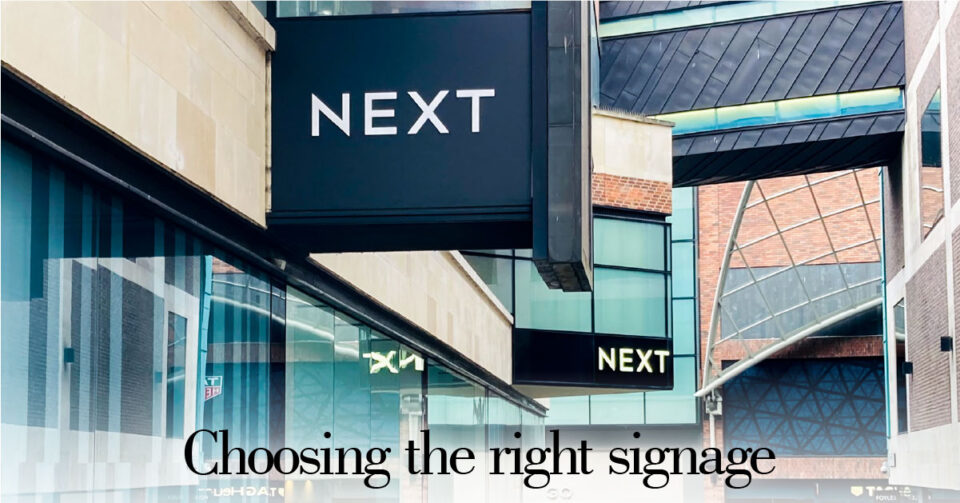How do you reduce the impact of your business on the environment?
It’s a question you will be continually asked, and it can apply to every facet of your organisation. That includes your retail signage, which can potentially carry a heavy impact on the environment. So can you make your signage more sustainable?
Sustainability and signage commonly focuses on the end result – the sign itself. In reality sustainability is more detailed, covering the entire process from first thoughts right through to installation and beyond. So here are some tips to help you look at your signage and improve its sustainability.
First, let’s look at the planning stages of your signage. The historical approach, using hard copy drawings walked through meetings and then progressing to physical prototypes to review, consumed a lot of energy and materials resources.
The digital age has helped to reduce the resources you consume when planning your signage. From concepts through to prototyping, digital tools can reduce wastage and speed up the decision-making process. But there is still scope for improvement. For example, use of Building Information Modelling can be invaluable in improving sustainability. The software can provide detailed information around optimising the design and installation for maximum visibility, planning acceptance and energy consumption.
While at the planning stage there is also the opportunity to ensure many facets are sustainability are stipulated from the first brief issued. These will of course cover the materials to be used (or not allowed), but can also include the signage construction, installation, life expectancy, features to aid maintenance, and disposal / recycling. A great example here is the use of acrylics, which typically contain VOC and HFC compounds and may not be recyclable.
An alternative is Green Cast, an acrylic which can be continuously recycled and is VOC and HFC free. Where your signage requires printing process, you should consider using PVC-free vinyl and water-based inks, while specifying aluminium within the signage construction and for framework also contributes to amount your signs can be recycled. Lastly, LED illumination systems can play a big role in reducing the carbon footprint of your signage. LED consumes less power and work for longer; up to 25 times longer than halogen and 25 times longer than CFL tubes.
Moving along to the design and manufacturing stages, improving signage sustainability can significantly reduce the impact your signage makes on the environment. This is especially true for multiple retail sites where the signage can be made using batch production methods. Using computer-controlled machinery when creating the signage components delivers not just precision but also consistency, reducing the amount of rejected parts and improving fit and finish. Digital production can also minimise waste through optimising the cutting process, getting more finished parts from the source materials. And of course, you can reduce wastage even further by using modular signage systems for your signage too.
The installation and maintenance stages can also contribute to improving signage sustainability. Much of the work here is around ensuring durability and extending the working life of the signage. For example, specifying robust signage fixings will reduce the potential for signage to fail and become damaged. Similarly, having a maintenance policy for your signage will ensure any potential issues are spotted before they can become a serious issue, and your signage working perfectly for longer.
As you can see, by looking at each step in the journey to having signage, you can make your signage more sustainable. And the options to reduce the carbon footprint of your signage increase almost every day. As the UK’s leading provider of retail signage solutions we are continuously looking at new ways to reduce the impact your signage will have on the environment.
Contact us today to discuss the latest innovations in signage we are exploring and how we can help your business have signage that works harder, for longer – and is greener too.




